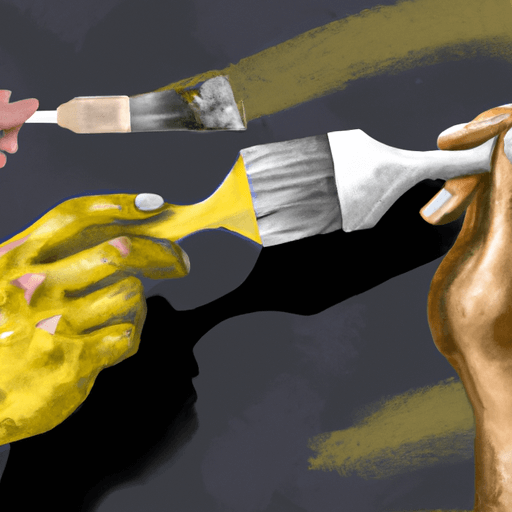Censorship Vs Freedom of Expression in Arts: A Comprehensive Dissection
The enduring contest between censorship and freedom of expression in art continues to shape the landscape of various art forms. This discourse concentrates on unveiling these two contrasting concepts and delving into their complex historical relationship.
History of Censorship in Art
Arts censorship has an extensive history stretching back centuries. Public morals, political sensitivities, and religious beliefs have played a crucial role in the suppression of artistic liberty. The Catholic Church's attempts to control depictions of the divine during the Renaissance, the persecution of 'thought criminals' under totalitarian regimes like those of Adolf Hitler or Joseph Stalin, and suppression of anti-government sentiments throughout history are all glimpses of this uneasy past.
Views on Artistic Censorship
Proponents of censorship argue that it is necessary to uphold societal norms, protect vulnerable groups, and maintain national security. They view art as a powerful medium capable of influencing minds and therefore suggest stringent scrutiny to prevent the dissemination of harmful ideologies.
Case Study: The Satanic Verses Controversy
An infamous example of this view in action is the international outcry and calls for censorship following the publication of Salman Rushdie's novel 'The Satanic Verses'. Critics viewed the novel as an offensive depiction of Islam, resulting in widespread bans and a fatwa calling for Rushdie's death.
Freedom of Expression and Art
On the other hand, champions of freedom of expression argue that artistic liberty cultivates creativity, sparks dialogue, and challenges societal norms. Free speech and artistic expression are seen as fundamental human rights essential to the development of productive, democratic societies.
Case Study: Ai Weiwei - Sunflower Seeds
Chinese artist Ai Weiwei's installation 'Sunflower Seeds' can serve as example. Despite the authoritarian Chinese government's attempts to silence him, Ai continued to stir conversation surrounding issues of free speech and human rights using art as his medium.
Possible Solutions and Compromises
Censorship and freedom of expression in the arts are not entirely mutually exclusive concepts. Striking a balance between censorship and freedom requires open dialogue and negotiation. Educational institutions and the media can play a pivotal role in promoting media literacy, enabling the public to critically interpret and respond to various forms of art. Establishing clear guidelines for censorship based on societal consensus can also create a safer yet more liberating environment for artists.
In conclusion, the ongoing contention between censorship and freedom of expression in arts is not a simple black-and-white issue. By considering various perspectives and real-life cases, it becomes apparent that a balanced approach is what truly benefits both artists and society.



















Comments
Leave a Comment